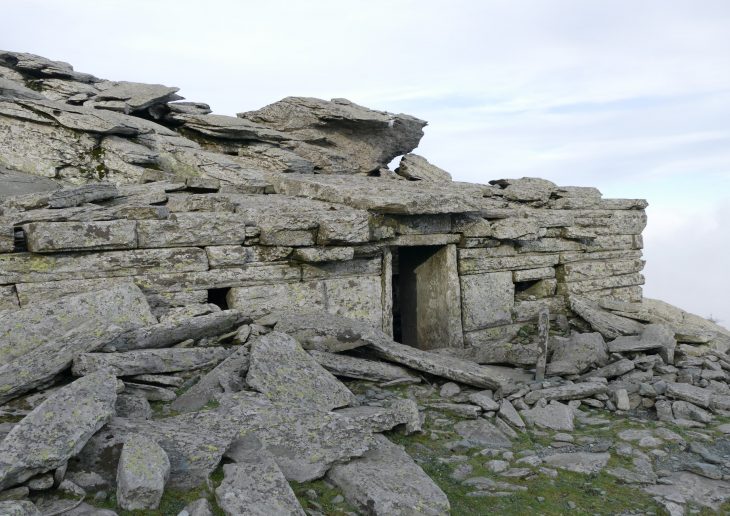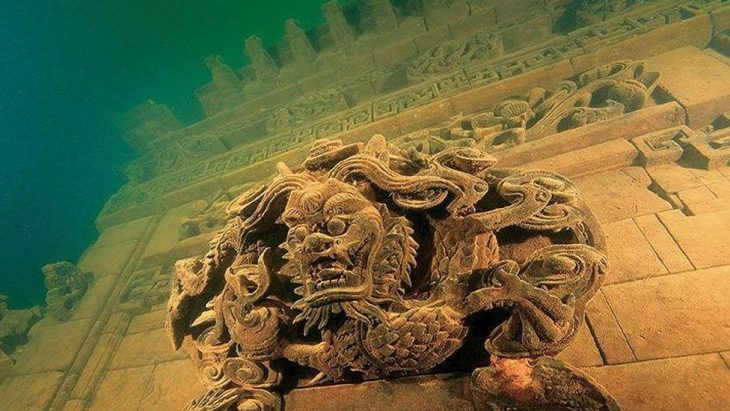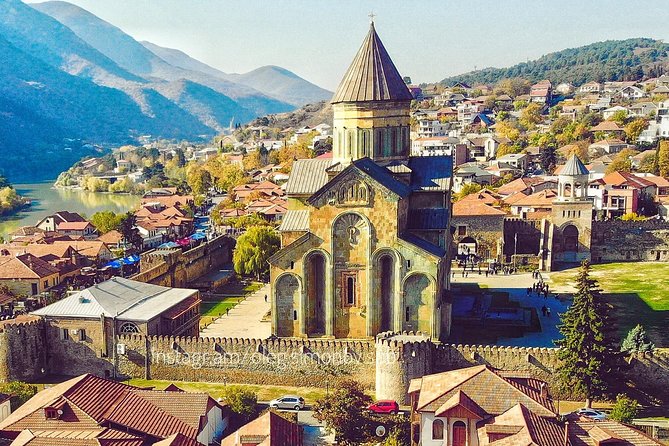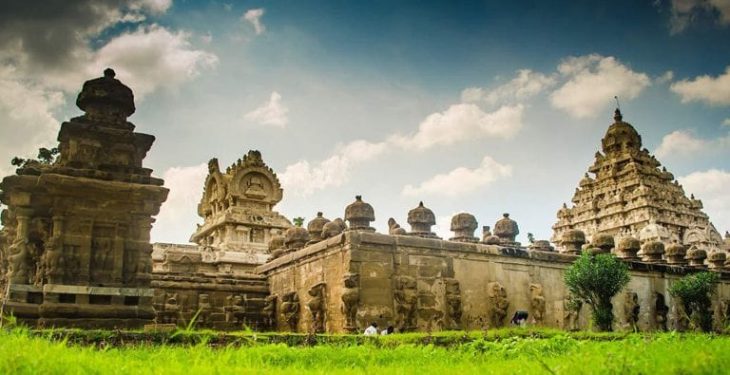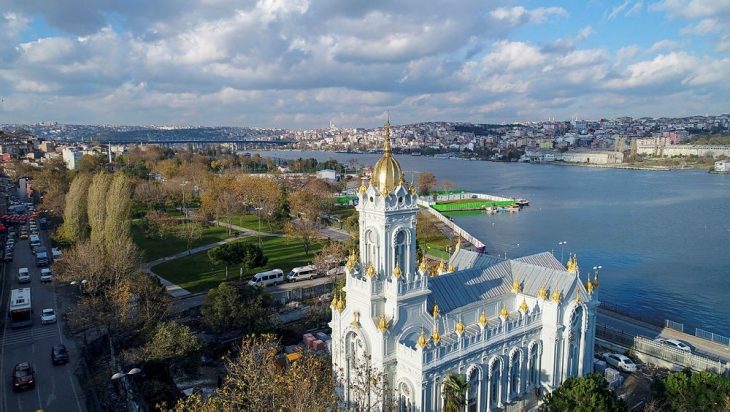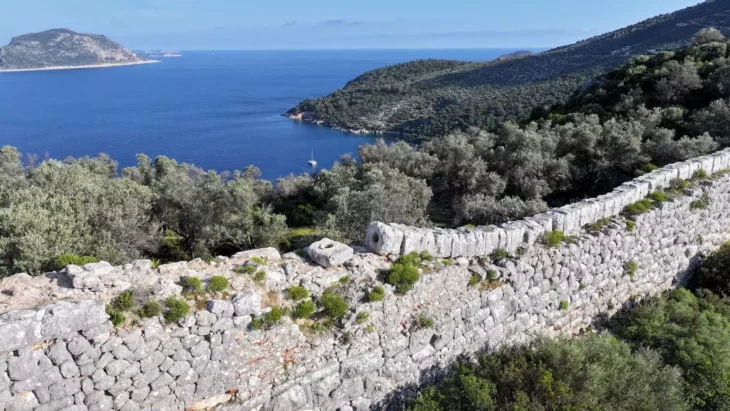Newgrange is a 5,200-year-old ancient tomb located in the Boyne Valley in Ireland’s Ancient East. Archaeologists have classified Newgrange as a passage tomb, but Newgrange is now considered to be much more than a passage tomb.
Newgrange was built about 5,200 years ago (3,200 BC). While the name is not as unheard of as they are, that makes it older than Stonehenge and the Great Pyramids of Giza.
The mound is 85m (279ft) in diameter and 13m (43ft) high, an area of about 1 acre. A passage measuring 19m (62ft) leads into a chamber with 3 alcoves. The passage and chamber are aligned with the rising sun on the mornings around the Winter Solstice.
Newgrange is surrounded by 97 large stones called kerbstones some of which are engraved with megalithic art; the most striking is the entrance stone.
Newgrange was founded by a farming community that thrived in the Boyne Valley’s fertile soils. Knowth and Dowth are two comparable mounds that, along with Newgrange, have been listed as UNESCO World Heritage Sites.
📣 Our WhatsApp channel is now LIVE! Stay up-to-date with the latest news and updates, just click here to follow us on WhatsApp and never miss a thing!!

An ancient temple is a more appropriate description, a location of astrological, spiritual, religious, and ceremonial importance, similar to how modern cathedrals are sites of prestige and reverence where dignitaries might be put to rest.
Newgrange is a massive kidney-shaped mound that spans over an acre and is held together at the base by 97 kerbstones, some of which are highly adorned with megalithic art. The inner corridor is 19m long and leads to a cruciform room with a corbelled ceiling. The amount of time and labor put in Newgrange’s development shows a well-organized society with specialized organizations in charge of various parts of the building.
Newgrange is part of the Brú na Bóinne group of monuments erected around a bend of the Boyne River. Knowth (the biggest) and Dowth are the other two major monuments, though there are up to 35 lesser mounds scattered around the region.

Winter Solstice
Newgrange is well renowned for the winter solstice sun’s lighting of its corridor and chamber. A roof-box is an aperture above the entrance to the route at Newgrange. This baffling orifice held a great surprise for those who unearthed it. Its aim is to allow sunlight into the chamber in the shortest days of the year, which occur around December 21st, the winter solstice.
As the sun rises higher in the sky, the beam within the chamber expands, illuminating the entire space significantly. This event lasts 17 minutes and starts at about 9 a.m. When one considers that Newgrange was created 500 years before the Great Pyramids and almost 1,000 years before Stonehenge, its precision as a time-telling device is amazing.
The intent of the Stone Age farmers who build Newgrange was undoubtedly to mark the beginning of the new year. In addition, it may have served as a powerful symbol of the victory of life over death.
Every year, the winter solstice celebration in Newgrange draws a lot of attention. Many people assemble to the old tomb to await daybreak, just as they did 5,000 years ago. So great is the demand to be one of the few inside the chamber during the solstice that there is a free annual lottery (application forms are available at the Visitor Centre).
Source: Newgrange



